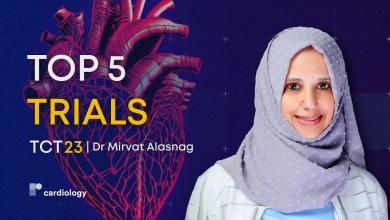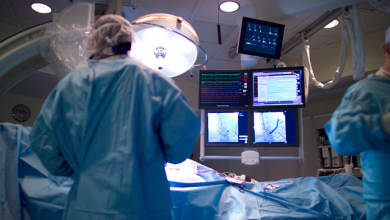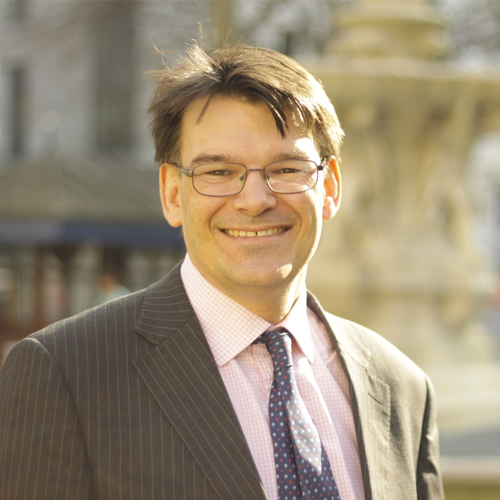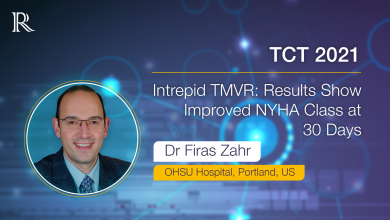Search results
Author(s):
Soraya M Samii
,
Javier E Banchs
Added:
3 years ago
The use of implantable devices to treat arrhythmias started with the implantable pacemaker back in the late 1950s. The risks and costs of implantation limited the indications for the procedure initially. A similar pattern was seen with the initial implantable cardioverter-defibrillators (ICDs) in the early 1980s. In the late 1990s, technology of both these devices focused on the management of…
View more
Author(s):
Kendra J Grubb
Added:
5 months ago
TCT 23 - We are joined by Dr Kendra Grubb (Emory School of Medicine, Atlanta, GA, US) for a concise and insightful summary of the late-breaking trials that are expected to have an impact on interventional science concerning structural heart disease and clinical practice.
Trials covered in detail include:
PARTNER 3 & EVOLUT Low-Risk
ALIGN-AR
TENDYNE
APOLLO
TRILUMINATE
Recorded remotely…
View more
Author(s):
Mirvat Alasnag
Added:
5 months ago
TCT 23 - We are joined by Dr Mirvat Alasnag (The King Fahd Armed Forces Hospital, SA) for an insightful summary of the late-breaking trials that are expected to have an impact on interventional science and clinical practice.
Trials covered in detail include:
Agent IDE
ALIGN-AR
PARTNER 3
EVOLUT Low-Risk
TRISCEND
Recorded remotely from Jeddah, 2023.
Editor: Jordan Rance
Video Specialist:…
View more
MXR for Cardiology
Author(s):
David Bloom
,
Michael K Southworth
,
Jonathan R Silva
,
et al
Added:
1 year ago
Article
James C Moon
Job title: Clinical Director of Imaging
Author
Who should be referred for TAVR?
Author(s):
Colin M Barker
,
Michael J Reardon
Added:
3 years ago
Article
Author(s):
Susheel Kodali
Added:
2 years ago
Dr Susheel Kodali (Columbia University Medical Center, New York, NY, US) discusses the six-month outcomes of the TRISCEND study.Originally presented at TCT 2021, this is a randomized multicenter controlled trial aiming to evaluate the safety and effectiveness of the EVOQUE tricuspid valve replacement system. At 6 months, the results suggest positive outcomes, with a reduction in tricuspid…
View more
Jeff Healey
Author
Author(s):
Firas Zahr
Added:
2 years ago
In this video interview, Dr Firas Zahr (OHSU Hospital, Portland, OR, US) outlines the 30-day outcomes of the Intrepid TMVR Early Feasibility Study, originally presented at TCT 2021. This was a prospective multicenter trial, designed to study the feasibility of the Intrepid TMVR System. At 30 days, findings show favourable haemodynamics and an improved NYHA class in patients with mitral…
View more
Author(s):
Alan J Bank
,
Kevin V Burns
,
Ryan M Gage
Added:
3 years ago
Cardiac resynchronization therapy (CRT) is a well-accepted and proven therapy for the treatment of patients with advanced heart failure (HF), significant left ventricular (LV) systolic dysfunction, and a wide QRS complex on electrocardiogram (ECG). In this patient population, large multicenter studies have demonstrated that CRT improves symptoms of HF, exercise capacity, LV size and systolic…
View more

















 « First
« First